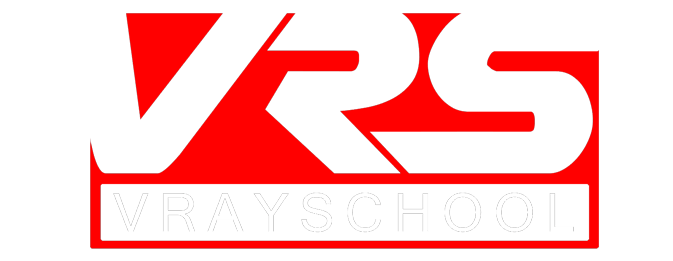Simulating the subtle characteristics of a real camera in your renders is the final leg to any production work. To faithfully recreate such lighting effects you need to understand some basics first. In this tutorial, we’ll take a look at how you can add soft light bloom to windows, glow to interior lights and add realistic lens flares.
We’ll attain all these effects manually in Photoshop using extra elements. So let’s start with adding some glow to the chandelier lights.
Lighting Glow
- In order to add some glow to the lights on the chandelier, we’ll need a VRay Self-Illumination Pass. This render element will allow us to mask out just the lights.
- Create a copy of your rendered image in Photoshop and apply this mask to it.
- In the Layer Style options for this layer, add outer glow with a small spread. Adjust the color to your liking.
- Use the Soft Light blending mode and control the strength with the opacity slider.
Lens Flares
- The lens flares in this image were created using the Knoll Light Factory by Red Giant.
- These are incredibly realistic lens flares based on real lenses, unlike the Photoshop flare filter.
- Place these over the lights by resizing them. Don’t rotate them as the flares should be aligned in the same direction for realistic results.
- Put them in Screen blending mode and adjust the strength with opacity. If the edges of the lens flare image is visible, then mask them out with a soft brush.
- Try and keep the glow and lens flare effects subtle.
Window Light Bloom
- Bloom is a natural effect seen with bright light sources. The light essentially spills around the lens creating a soft glow.
- This effect is best used to convey the high intensity of light in 3d renders.
- So to create this effect we can simply use a huge soft white brush and gently paint it near the window border on a new layer.
- Again we can put this new bloom layer in Soft Light blending mode and play with the opacity.
- Another method that we can use is by adding a Diffuse Glow filter on a duplicate layer. The effect can be found under Filter Menu > Distort > Diffuse Glow.
- Your bush background color should be set to white.
- Set the amount of glow for this effect. Later we can mask out all the other areas except near the windows.
So these are some simple tricks to add photorealism to your renders easily. Subscribe to the blog and stay tuned for more valuable tutorials. Share and Comment.
Talk soon,
Alex



use of these techniques is fantastic and quite simple to add just that little bit extra to my readers. Really appreciate the share.
Hey Alex, I really did find this tutorial helpful, I was just a bit disappointed that there was no link towards the Lens Flares you were talking about. Please let me know if you have a link to were the Lens Flares can be downloaded. Thanks again for these amazing videos. They really are super helpful. You really are doing great work.
I’ve found 3 lens flare on the server..added link at the bottom..
I had all 9 of these but my handy drive stopped reading data, gotta take it to data recovery…
I’ll try to do it by next week, in a mean time try to download these